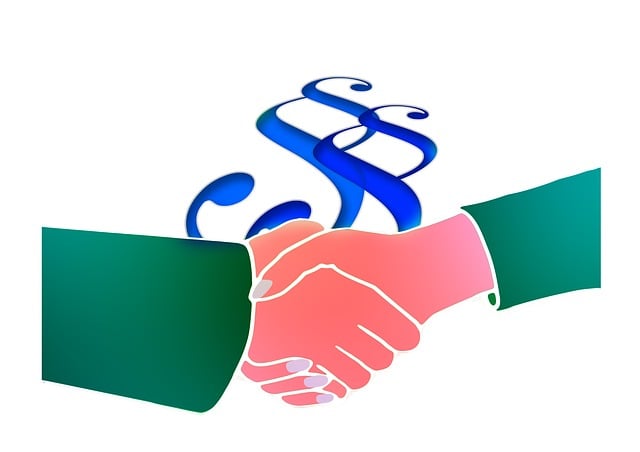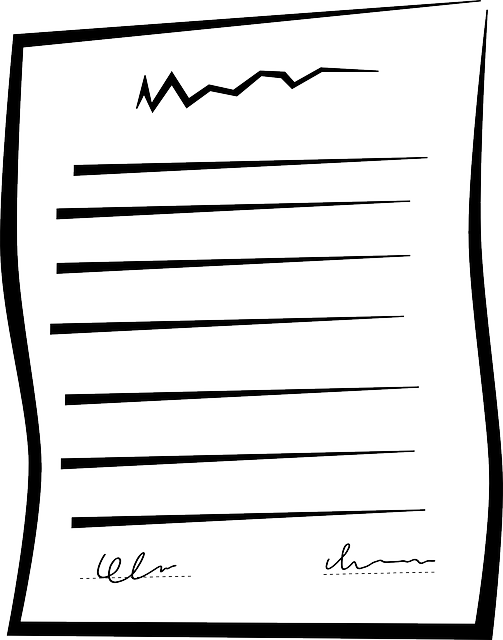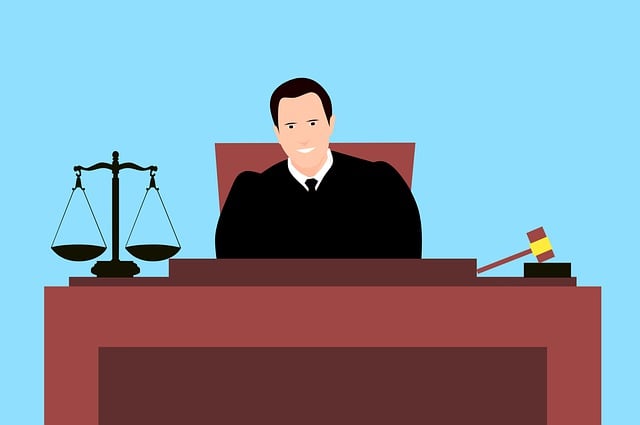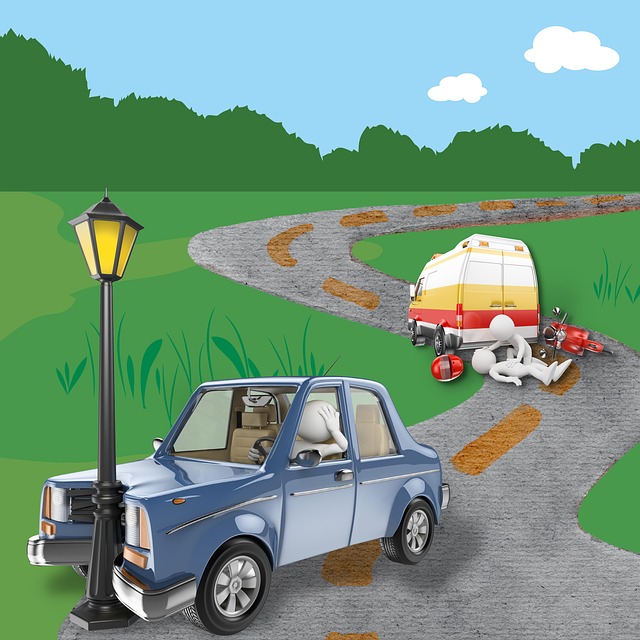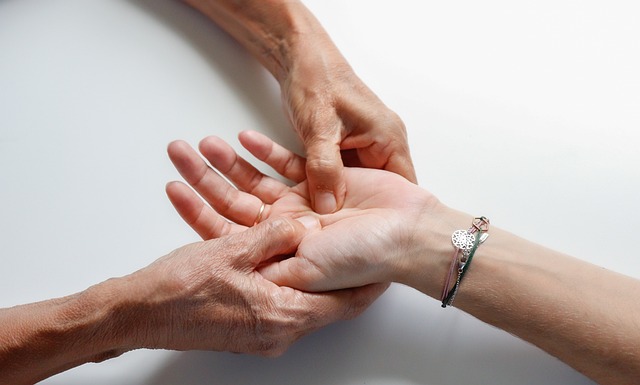In cases of customer slips and falls in stores, liability determination involves complex legal factors. Stores are legally bound to maintain safe environments, with businesses typically held accountable if their premises or staff actions contribute to incidents like slippery floors, uneven surfaces, or inadequate lighting. Proactive safety measures and clear liability policies protect both business owners and patrons. After an incident, prioritize safety, document the scene, seek immediate medical attention, and consult a legal professional for guidance on potential compensation through insurance claims or legal action.
In the bustling world of retail, slip and fall incidents are unfortunately common. Understanding when a store is liable for these injuries is crucial. This article explores the intricate dynamics of store liability for slip and fall accidents, delving into key factors that trigger legal responsibility. From understanding the conditions that make a store liable to knowing the rights of victims and steps to take after an accident, this guide equips you with essential knowledge in today’s digital era.
- Understanding Store Liability for Slip and Fall Incidents
- What Conditions Make a Store Liable?
- Legal Rights of Victims and Steps to Take After an Accident
Understanding Store Liability for Slip and Fall Incidents
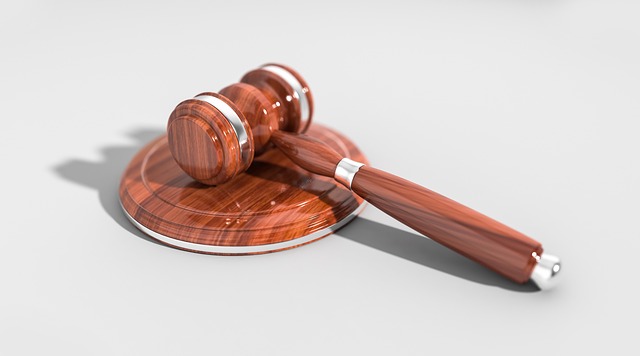
When a customer slips and falls on a store’s premises, determining liability is often complex. Stores have a legal obligation to maintain safe environments for shoppers, but proving negligence can be challenging. In many jurisdictions, businesses are held liable for slip and fall incidents if they were caused by their premises’ conditions or the actions of their staff. This includes situations where slippery floors, uneven surfaces, or inadequate lighting contribute to falls.
Understanding store liability for these accidents is crucial for both business owners and patrons. While customers generally have a duty to exercise reasonable care, stores must ensure their premises are free from hazards that could lead to serious injuries, such as broken bones or head traumas. In cases where a partnership dispute arises due to differing opinions on maintenance standards, the potential for wrongful death claims adds further complexity. Therefore, proactive measures to prevent slips and falls, coupled with clear policies regarding liability, can protect both businesses and their customers.
What Conditions Make a Store Liable?
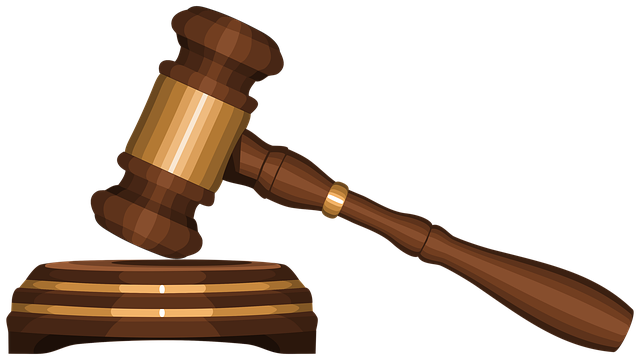
When a customer slips and falls on a store’s premises, determining liability is crucial. For a store to be held liable for slip and fall injuries, several conditions must be met. First, it must be proven that the store had actual or constructive knowledge of a hazardous condition on their property. This could include slippery floors from a recent cleaning, ice or snow accumulation, loose tiles, or other obstructions that reduce traction.
Second, the store must have failed to take reasonable care in addressing and rectifying the hazard. This often involves questions of maintenance and safety protocols. For instance, if a store knows about a recurring issue but fails to fix it promptly or adequately warn patrons, they could be held liable for any resulting injuries. It’s also important to note that stores may have a higher duty of care toward certain vulnerable populations, such as the elderly, which can factor into wrongful death claims or cases of elder abuse stemming from slip and fall injuries.
Legal Rights of Victims and Steps to Take After an Accident
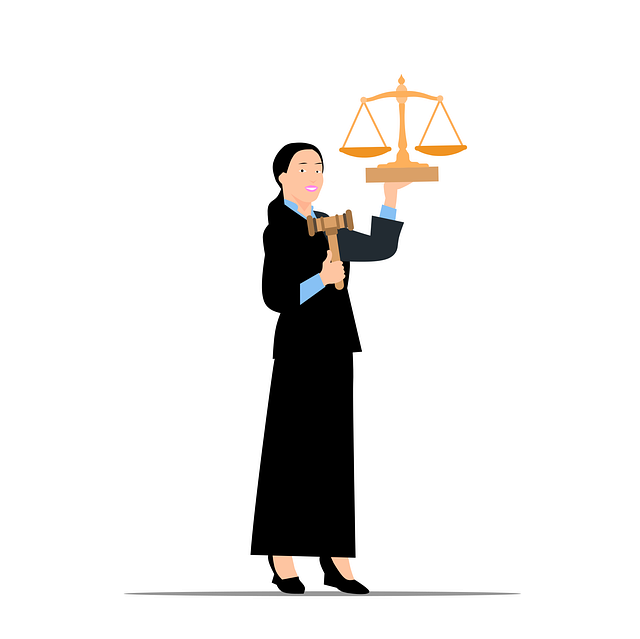
After suffering a slip and fall injury on someone else’s property, especially at a store, it’s crucial to understand your legal rights as a victim. The first step is to ensure your safety and that of others by moving to a secure area if possible. Then, document the incident by taking photos of the hazardous condition that caused your fall and recording details like dates, times, and witness information. This evidence can be invaluable when pursuing compensation for your injuries.
Next, seek medical attention promptly, even if your injuries seem minor. A thorough medical evaluation will help establish the extent of your injuries and provide documentation needed for insurance claims or legal actions against the store. In cases where the injuries are severe, consider contacting a qualified truck accident attorney or product liability specialist, depending on the circumstances—for instance, if the fall was due to a defective product or poorly maintained store conditions. Prompt action can help ensure you receive the compensation you deserve for your slip and fall injury at a store.
A store’s liability for slip and fall injuries is not to be taken lightly. By understanding the conditions that make a store liable, victims can better protect their legal rights and take appropriate steps after an accident. In cases where negligence leads to these incidents, it’s crucial for stores to ensure safe conditions to prevent such occurrences, thereby fostering a safer environment for all patrons.
